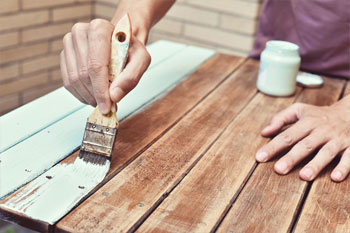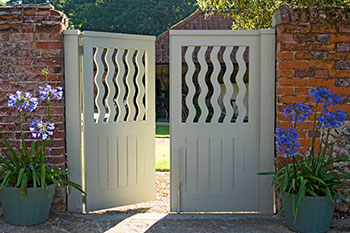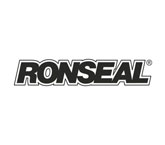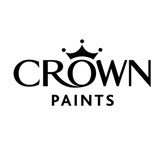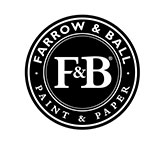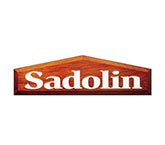Wood is a natural material. It is formed as part of the life process of a tree whereby carbon dioxide and water are, by utilisation of energy from the sun, are converted into complex chemical substances – principally cellulose and lignin. These substances are laid down in the form of many joined boxes so that timber has a cellular structure. Perforations in the cell wall (pits) permit passage of sap, etc., from cell to cell.The trunk of the tree increases in size by adding successive layers of cells on to the outside of the wood already formed. The growth is not uniform throughout the year and this gives rise to annual rings, each consisting of a band of fast-grown early wood (Spring) and denser, slower-grown late wood (Summer). Softwood and Hardwood Timbers are commonly classed as softwoods and hardwoods. Softwoods are from coniferous trees which have needle-like leaves and are mostly evergreen. Examples of softwoods include Pine, Fir and Spruce.
Hardwoods are from broad-leaved trees like Oak, Ash, Elm, Beech and Chestnut. Tropical woods like Teak, Mahogany, Maple, Meranti, etc., are also hardwoods.
Softwoods are not always mechanically soft nor hardwoods always hard.



